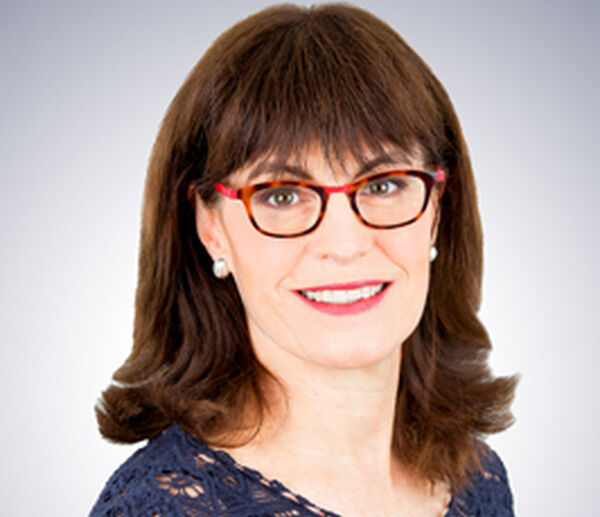
 Download Our Network
Download Our Network


Follow us on

Just In Time For Halloween, WE'RE SHARING The Importance Of Brands Engaging Women Over The Age Of 50

Patricia Lippe Davis
VP Marketing, AAPR Media SalesIn the Halloween movies, Jamie Lee Curtis’ character, Laurie Strode, faced down her psychotic brother, Michael Myers. In real life, Curtis has shown a different kind of courage.
Curtis has challenged society — and Hollywood’s definition of aging. She is one of the few actresses her age (59) to embrace her gray hair and is a proponent of aging naturally. She recently said, "I want to be a new version of the 70-year-old woman. Vital, strong, very physical, very agile," adding, "I think the older I get, the more yoga I’m going to do."
The actress’s acceptance of aging hasn’t hurt her box office appeal. This month, the sequel to Curtis’ 1978 slasher classic (also called Halloween) earned $79 million in its opening weekend. As Curtis pointed out, this was not just the biggest grossing female-led horror film, it’s the biggest opening for a movie starring an actress over 55.
Marketers take note. If marketing to women over 50 seems scarier than Michael Myers coming for you, here’s what you need to know:
They’re Not Afraid to Spend
Women over 50 account for 27 percent of all consumer spending — that’s 3 percent more than men of that age. Forbes has called women over 50"super consumers," because, with "over $15 trillion in purchasing power, they are the healthiest, wealthiest and most active generation in history.
Forbes cites data from the U.S. Government Consumer Expenditure Survey and Nielsen that shows 50-plus women are the largest demographic with incomes over $100,000; they control 95 percent of household purchasing decisions and 80 percent of luxury travel purchases. Some 75 percent of women this age say they’re willing to pay a bit extra for quality and convenience. A third are also willing to upgrade to a new car model even if their current one works "well enough." The same data shows that 82 percent of women in this demo are open to new brands.
Women Over 50 Feel Ignored By Advertisers
Younger consumers don’t have to look far to learn about new products since marketers are falling over themselves to reach that demographic. However, advertisers don’t pay a lot of attention to older consumers and "older" starts pretty young.
Nielsen estimates that less than 5 percent of advertising dollars are targeted to adults 35-64. The report states that most marketers write off consumers at age 49.
A report by Girlpower Marketing found that 53 percent of Boomer women felt overlooked by product advertising and marketing because of their age. The report also said that 68.3 percent of respondents said advertisers never or very rarely target their age group on a regular basis.
Marketers Are Ignoring Them
It’s no secret that advertisers are under-targeting women over 50. The question is why? One reason: Many advertisers still subscribe to outdated notions about the demo. "Older people are kind of written off by advertisers, as if these people are not important [and] don't buy anything," Dilip V. Jeste, Associate Dean for Healthy Aging and Senior Care at the University of California, San Diego, told AARP.
The best way to address such misconceptions is with data. Simply put, the world is getting older and women over 50 can expect decades of productive activity. If anything, marketers should be frightened if they’re ignoring a portion of the population their competitors are wooing. Savvy marketers such as AT&T and Chevy have realized that targeting consumers over 50 is a profitable opportunity.
Clearly, Hollywood has realized it, too. Halloween is just the latest franchise the entertainment industry has brought back to entice the over-50 female demo. Will & Grace and Murphy Brown are two others. Rather than ignore over-50 women, this Halloween, marketers need to realize their excuses are a missed opportunity in disguise.
This article originally appeared in Campaign Live.

